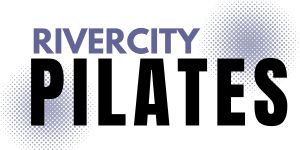The Jackknife exercise takes articulating through your spine to a whole new level! This challenging exercise has you bring your legs over your head to roll up through your spine to your shoulders, and then you attempt to reach through the back of your legs to pike your legs toward the ceiling. There are lots of benefits to this type of movement in your body but as you may have guessed this is no beginner exercise.
I’m guessing the fact that not a lot of people can do this exercise well without assistance is one of the reasons Joseph Pilates created the Long Spine exercise on his apparatus the Universal Reformer. By putting your feet in straps connected to the moving carriage of the reformer, clients can create the movement of rolling through the spine from your tail up without having to strain and possibly hurt themselves. The Reformer does some of the work of the exercise so that clients can build the whole body strength and flexibility needed to do this movement efficiently and safely.
